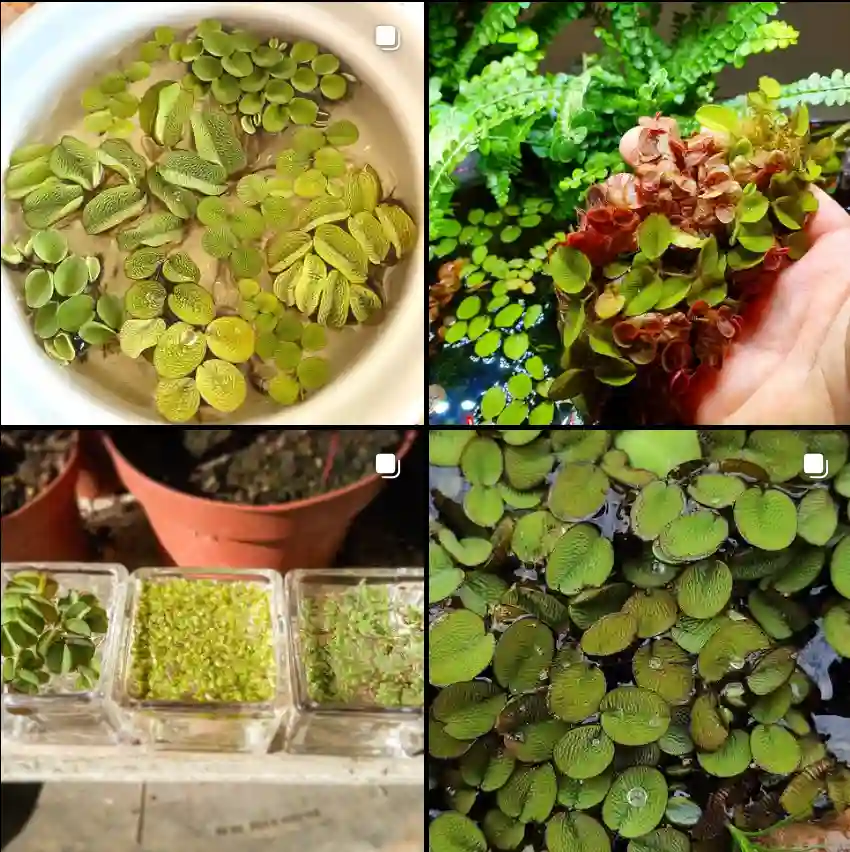Exploring the Tetramelaceae Family: A Personal Perspective
The Tetramelaceae family might not be as well-known as some other plant families, but it holds a fascinating place in the botanical world. This small family includes only two genera: Octomeles and Tetrameles. Each of these genera has unique characteristics that make them distinct and valuable in their ecosystems. I’ve always been intrigued by lesser-known plant families, and the Tetramelaceae family is a perfect example of why we should appreciate the diversity of plant life beyond the popular species.
Understanding the Tetramelaceae Family
The Tetramelaceae family is a part of the larger order Cucurbitales. This family is relatively small and somewhat obscure, but it plays a crucial role in its native habitats. The two genera within this family, Octomeles and Tetrameles, are native to Southeast Asia and the surrounding regions. These plants are predominantly found in tropical and subtropical forests, where they contribute significantly to the forest structure and biodiversity.
The Genus Octomeles: A Giant Among Trees
Octomeles sumatrana, the sole species in the Octomeles genus, is a towering presence in Southeast Asian forests. It’s one of those trees that make you feel small when you stand next to it. Reaching heights of up to 70 meters, Octomeles sumatrana is known for its rapid growth and massive trunk, which can be up to 4 meters in diameter. The sheer size of this tree makes it a critical component of the forest canopy, providing habitat and resources for a variety of wildlife.
From an ecological perspective, Octomeles plays a vital role in forest regeneration. Its fast growth allows it to quickly colonize open areas, providing shade and stabilizing the soil. This makes it an important species in secondary forests and areas recovering from disturbance. Personally, I find its role in forest recovery fascinating, as it highlights how interconnected plant species are with their environment.
The Genus Tetrameles: A Pioneer Species
Tetrameles nudiflora is the only species in the Tetrameles genus. It’s another giant, but with a slightly different ecological niche compared to Octomeles. Tetrameles nudiflora is often found in riparian zones and along riverbanks, where its deep root system helps prevent soil erosion. This species is also known for its ability to thrive in disturbed areas, making it a pioneer species that paves the way for other plants to establish themselves.
One of the most striking features of Tetrameles nudiflora is its buttressed roots, which provide stability and support for the tree’s massive size. These roots also create a unique microhabitat for various organisms, adding another layer of biodiversity to its surroundings. I’ve always been impressed by how such a large tree can create its own mini-ecosystem, from providing nesting sites for birds to sheltering smaller plants and animals.
Ecological and Cultural Significance
Both Octomeles and Tetrameles have significant ecological roles in their native habitats. They are not just passive components of the forest but active participants in the ecosystem. Their ability to grow rapidly and adapt to different environmental conditions makes them crucial for maintaining forest health and resilience.
In addition to their ecological importance, these trees have cultural significance in the regions where they grow. In many Southeast Asian communities, the wood of Octomeles and Tetrameles is used for construction and carving due to its relatively soft texture. This sustainable use of natural resources is a great example of how human cultures can live in harmony with their environment.
Challenges and Conservation Efforts
Despite their ecological importance, both Octomeles and Tetrameles face challenges due to habitat loss and logging. Their large size and high-quality wood make them targets for timber extraction, which can lead to significant declines in their populations. Conservation efforts are essential to ensure that these giants continue to thrive in their native habitats.
I believe that raising awareness about the Tetramelaceae family and its unique species is crucial for their conservation. By understanding their role in the ecosystem and their contributions to biodiversity, we can better appreciate why these trees are worth protecting. It’s not just about preserving individual species but maintaining the complex web of life they support.
Final Thoughts: A Personal Connection to the Tetramelaceae Family
Exploring the Tetramelaceae family has deepened my appreciation for the diversity of plant life. Octomeles and Tetrameles may not be household names, but their impact on their ecosystems is undeniable. For me, learning about these trees is a reminder of how much there is still to discover in the plant kingdom. It’s a humbling experience to study these giants and realize that even in a world dominated by human activity, nature still has so many stories to tell.
Understanding and appreciating families like Tetramelaceae is not just about botanical curiosity. It’s about recognizing the intricate connections that sustain our natural world and the importance of preserving these connections for future generations.
If i die, water my plants!



